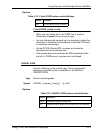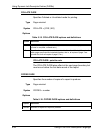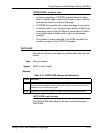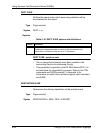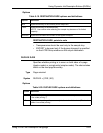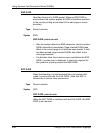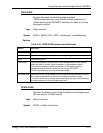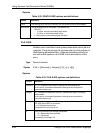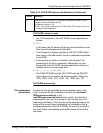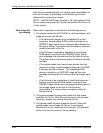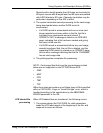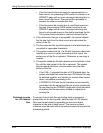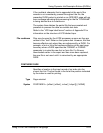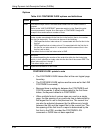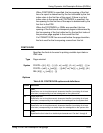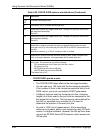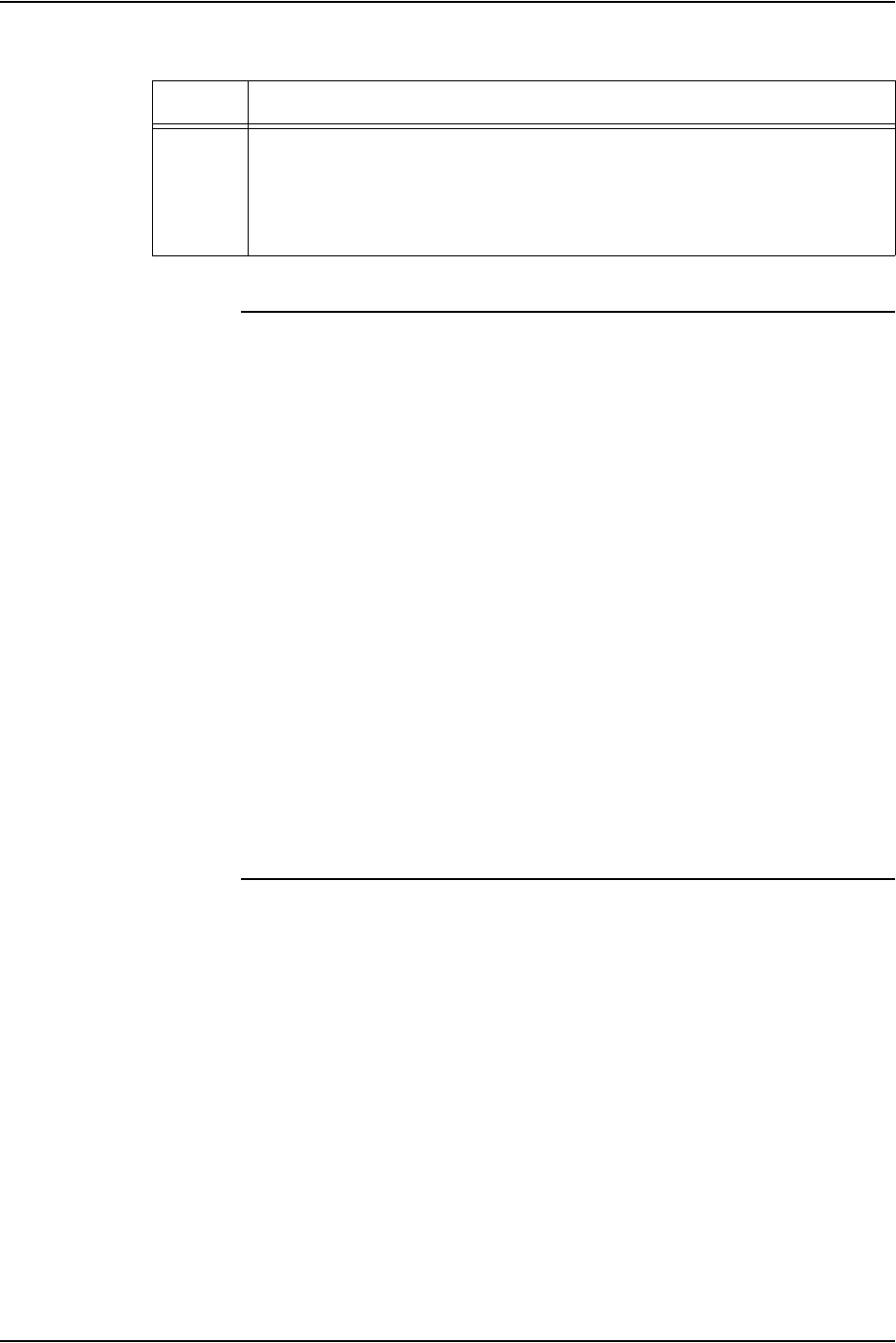
Using Dynamic Job Descriptor Entries (DJDEs)
Using LCDS Print Description Language 5-29
FILE DJDE: points to note
• For LPS labeled files, the FILE DJDE may be specified as
follows:
FILE=()
In this case, the file name and file type are obtained from the
label record that precedes the file data.
• If the filename or filetype specified in the FILE DJDE differs
from those in the label record, the file is renamed as specified
in the DJDE.
• If the maximum number of records is encountered, the
processing of the file is completed. Additionally, for card
image data, the FILE DJDE must be specified as follows to
indicate the end of card image data:
FILE=(,,C) or FILE=(END,,C)
• The DELETE DJDE and the FILE DJDE with the DELETE
option allow you to remove the following types of files only:
.IMG, .FRM, .LGO, .FNT, .CME, .JDL, .PDE, and .TST.
FILE DJDE processing
File replacement
and deletion
If a disk file with the specified file name already exists in the
“lcds” resources folder (accessible via either the /var/spool/
XRXnps/resources/lcds/ or the
/opt/XRXnps/resources/lcds/ directory path), the disk file is
superseded by the new one. However, the existing file is not
replaced immediately. If the new file will be retained beyond the
scope of the current report processing (as indicated by the s
[storage] parameter of the FILE DJDE), the new file is stored in
the “lcds” folder and replaces existing files there, at the end of
the report.
n Rounded up to a multiple of 6, specifies the maximum number of card
images to be processed for this file.
The default number is 120.
NOTE: This option is ignored by DP 2000 Series EPS systems, which do
not support card image files.
Table 5-23. FILE DJDE options and definitions (Continued)
Option Definition



